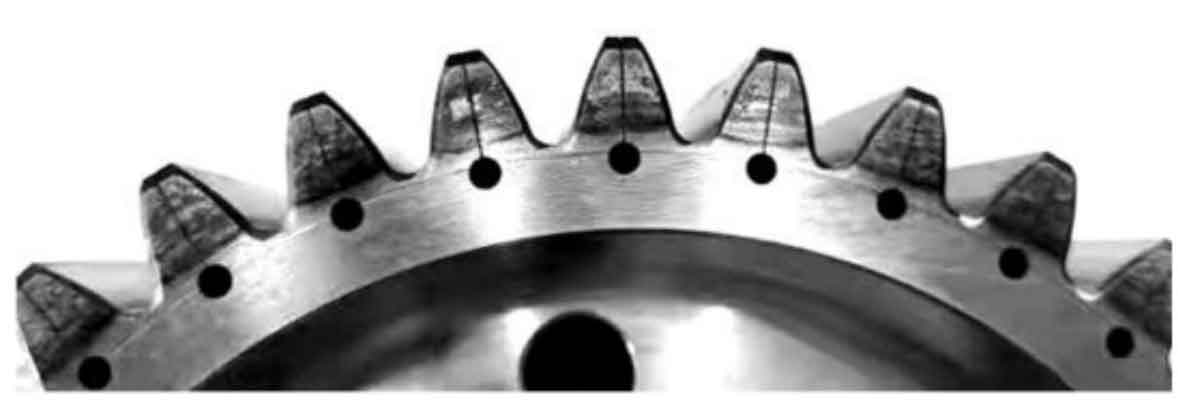Achieving accurate spur gear calculations is essential for designing precise and reliable gear systems. A gear calculator can greatly assist in this process by providing accurate calculations and eliminating manual errors. Here are some key considerations to ensure accurate spur gear calculations using a gear calculator:

Input accurate parameters:
Begin by inputting accurate and precise gear parameters into the gear calculator. This includes the number of teeth on the driving and driven gears, the module or diametral pitch, pressure angle, and face width. Take care to double-check these values to minimize input errors.
Use appropriate units:
Ensure that you are using consistent and appropriate units throughout your gear calculations. Most gear calculators support different unit systems (e.g., metric or imperial), so select the system that matches your gear parameters and requirements. Pay attention to units for dimensions such as tooth pitch, diameter, and width to avoid calculation errors.
Verify gear standards:
Gear calculators often have options to select specific gear standards, such as ISO, AGMA, or DIN. Make sure to choose the appropriate standard for your gear design. Different standards may have variations in tooth profiles, addendum, dedendum, and other parameters, so selecting the correct standard is crucial for accurate calculations.
Consider manufacturing tolerances:
If your gear system has specific manufacturing tolerances, incorporate them into your calculations. Some gear calculators allow you to specify tolerances for parameters like tooth spacing, tooth thickness, and backlash. Accounting for manufacturing variations ensures that your calculations align with the actual gear production process.
Verify material properties:
Gear calculators may require inputting material properties for accurate calculations. Ensure that you have accurate and up-to-date material properties, such as modulus of elasticity, Poisson’s ratio, and yield strength. These properties affect gear tooth deflection, stress distribution, and strength calculations, so accurate values are crucial for precise results.
Validate assumptions:
Gear calculators are based on mathematical models and assumptions about gear behavior. Understand the assumptions made by the calculator and verify if they align with your specific application. For example, some calculators assume ideal meshing conditions, neglecting factors like tooth deflection, friction, or misalignment. If these factors are significant in your application, consider additional analysis methods or advanced gear design software.
Consider load conditions:
Accurate gear calculations require considering the load conditions that the gear system will experience. Input accurate load parameters, such as torque or power, and account for factors like dynamic load, shock load, and variations in operating conditions. These load conditions can affect gear strength, tooth stress, and contact ratios, so incorporating them into your calculations is important for accuracy.
Verify results with additional analysis:
While gear calculators provide valuable calculations, it is advisable to verify critical design aspects with additional analysis methods. Finite element analysis (FEA), for example, can help validate stress distribution and deflection in gear teeth. This additional analysis adds a layer of confidence to your design and ensures accuracy, especially for complex or high-performance gear systems.
Stay updated with gear calculator software:
Gear calculator software may receive updates or improvements over time. Stay updated with the latest version of the software to benefit from bug fixes, enhancements, and new features that enhance the accuracy and reliability of the calculations. Check the software developer’s website or community forums for updates and user feedback.
By following these guidelines and leveraging a reliable gear calculator, you can achieve accurate spur gear calculations, leading to precise gear designs and improved system performance. Remember to validate critical aspects of your design using additional analysis methods and consult with gear engineering experts when dealing with complex or specialized applications.
